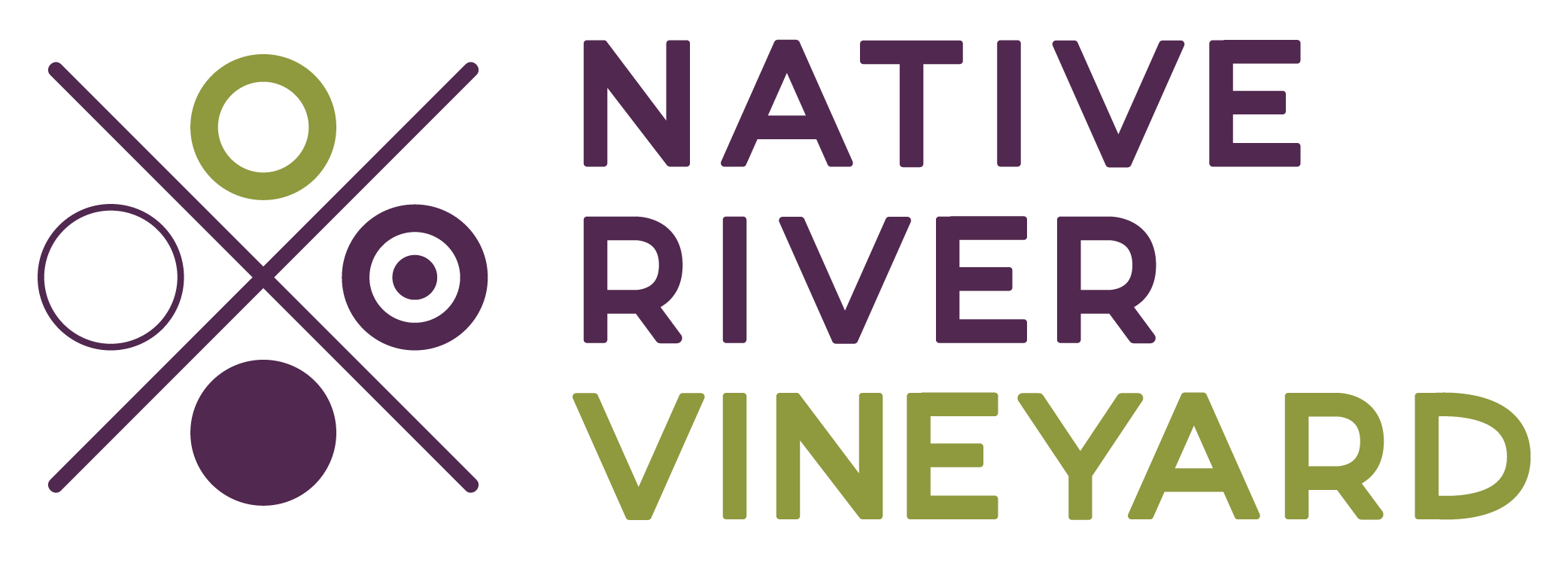Some people come to us knowing exactly what they want but, more often than not, we either get shoulder shrugs and “Whatever you think is best” or a vision that’s so rigid there’s no room for creativity. We want to set you up for success, so enjoy these tips from Sarah on how to prepare your logo vision before you approach a designer.
1. Do your research
This is the first thing I tell clients to do when they come to us for a logo. A small percentage of the population is able to visualize incredible ideas out of thin air, but most need a little visual inspiration. Start by hitting up your favorite search engine (Pinterest, Google, etc.) for some adjectives you think you’ll like, like “vintage logos” or “minimalist logos” and see what comes up. You might realize that although you like the distressed look of vintage logos, you prefer a more modern font choice. Or you thought you wanted minimalist, but what you really meant was clean lines. If all of that just made you scratch your head, don’t worry – if you’re coming up short on adjectives but come to your designer with a handful of images you like, they should be able to figure out your style preferences from there.

Colter not only came to us with a style in mind, he also had examples of logos he liked, a color pallete AND several hand-drawn sketches. That made the design process smooth and enjoyable for everyone!
2. Choose a color palette
Color is crucial. Think about big brands like Coca Cola, McDonalds or T-Mobile. You know exactly what color their logos are, don’t you? I like to address the entire brand color palette while designing a logo, but for the logo itself I prefer to stick to one or two defining colors. If you have no idea what colors you like, I highly suggest checking out design-seeds.com. It’s my favorite resource for color inspiration. Keep in mind the infinite nature of color choices -- if you come to your designer saying “I want it to be blue” without specifying what type of blue you like, don’t be surprised if you end up with robin’s egg when you expected cobalt. If you’re like my husband and have no idea what robin's egg is, try Googling “shades of blue” and then see where you land on the spectrum. There’s a beautiful tool called the eyedropper that will allow your designer to snatch up literally any color from anywhere.

Jessie still holds the record for the most unique way of showing us the colors she wanted to use in her branding -- a book cover!
3. Figure out what you hate
I’m someone who tries to always see the positives in life, but even I can’t deny that sometimes knowing what you hate is the best way to end up with something you love. Believe it or not, your designer can’t read your mind. Even though everyone you know is familiar with your aversion to hipsters, your designer will have no idea to avoid that style unless you tell her.

Dr. Bibbens is a family-oriented office, so he felt very strongly about one thing in particular -- he didn't want the logo to be stuffy or medical. So we went with bright and fun instead!
4. Be flexible
I know this can be difficult for some of you, but hear me out. Some of our most successful logo projects have been because the client comes to us with a clear yet flexible vision. I find that choosing a logo designer is similar to choosing a tattoo artist. Scope out their portfolio, make sure you love their work and give them some direction, then trust them to create something equally as wonderful for you. Letting your designer have some creative freedom allows their true talent to shine -- they are artists, after all!

The folks at Native River Vineyard really let me run with this one! I was inspired by their commitment to specific varietals, three reds and one white.

Pingback: 5 Reasons You Should Be Investing in Email Marketing - LC Creative Marketing